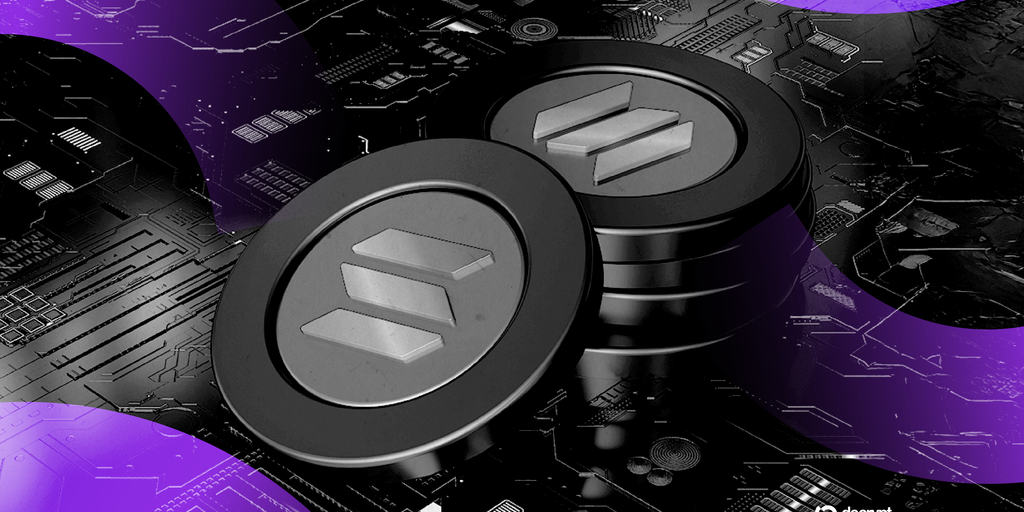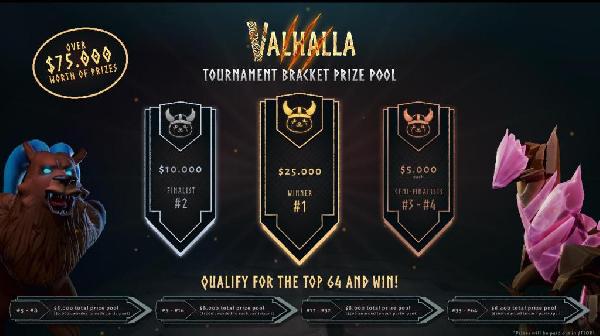Developers and leaders in the Solana ecosystem are uniting around a focused technical roadmap, designed to fuel its growth and address market structure challenges that could stand in the way of the network becoming home to the world’s most liquid markets.
The blog post was released Thursday and authored by key players from the Solana developer ecosystem, including Solana co-founder Anatoly Yakovenko along with Anza’s Max Resnick, Jito Labs’ Lucas Bruder, DoubleZero’s Austin Federa, Drift’s Chris Heaney, and Multicoin Capital’s Kyle Samani.
The steps highlighted in the article center on Application-Controlled Execution (ACE)—a technical feature with the aim of giving on-chain applications control over how and when transactions are executed, a function that typically has fallen to Solana validators.
For example, with Application-Controlled Execution, it would be possible for a token launchpad to institute some level of sniper protection because it can create a specific environment to deal with transaction contention since it has control over execution order.
This focus addresses Solana’s market microstructure—the “single most important problem in Solana today,” according to the authors, as it impacts how traders use protocols and platforms.
Making minor adjustments to such can have profound effects on the overall market and its users. Tradeoffs like privacy versus transparency, makers or takers getting priority, and more are being considered as developers focus on creating an appropriate market microstructure for Solana.
“The only way to tell which market structure is best at a specific moment in time is to test them in production, gather data, iterate, and repeat,” the paper reads. “Solana is building a flexible foundation to facilitate ACE because we believe it is the fastest possible path to convergence on the best possible market structure.”
To get there, the roadmap includes short, medium, and long-term developments, which extend into 2027.
Over the next three months, those planned developments include the launch of Jito’s recently revealed Block Assembly Marketplace, which will offer something similar to ACE according to the paper, and transaction landing improvements from Anza.
Those will be followed by major changes in the next nine months, highlighted by the rollout of Anza’s Alpenglow consensus protocol, which will further reduce latency and purportedly make developing on Solana easier once implemented in late 2025 or early 2026.
More technical developments are on the roadmap as well, but ultimately all of the developments and market structure changes are designed to give Solana’s builders all the tools they need to try and meet the authors’ goal of making it home to the world’s best markets.
Your Email










